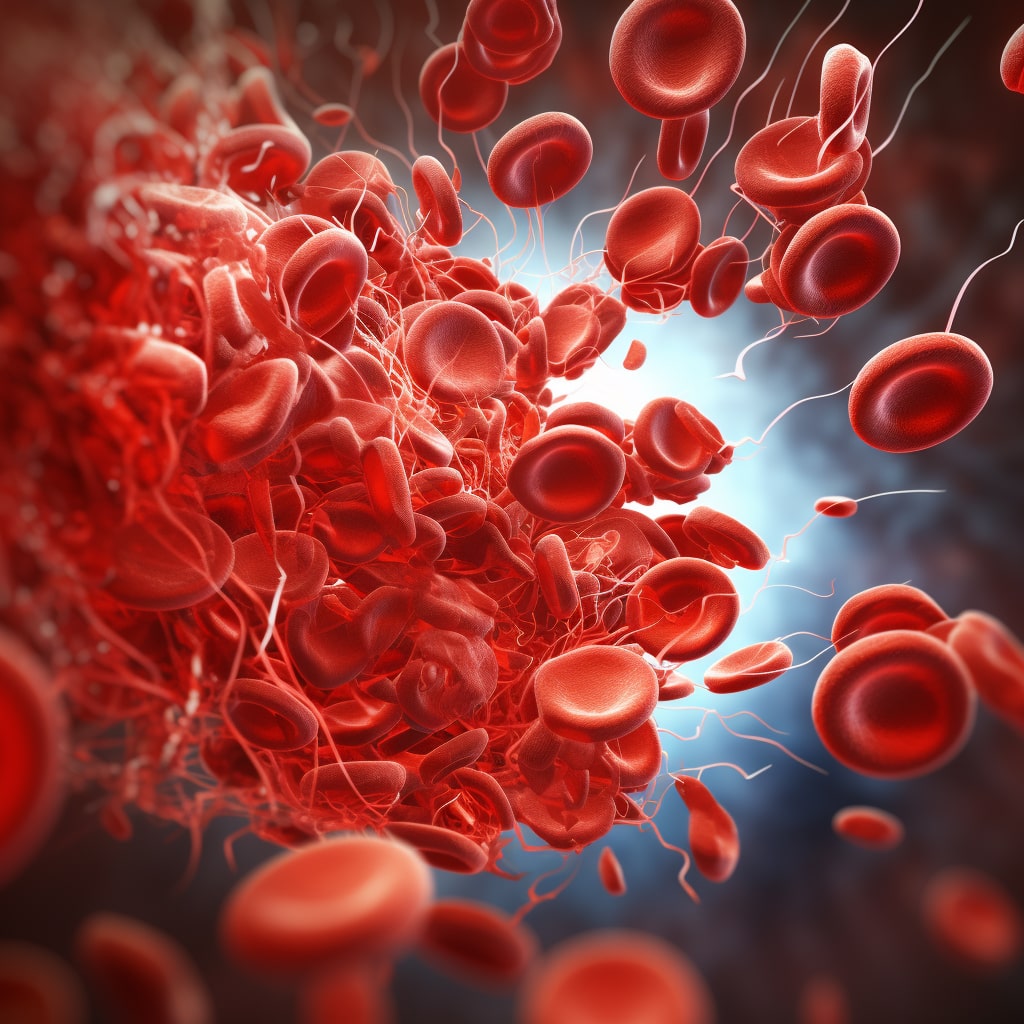
Related products
PRP
PRPMED Professional Cosmetic Treatments
100101
€131.00
VI PRP-PRO | PRP Tubes – The Revolution in Plasma Treatment
The VI PRP-PRO glass tube offers a modern solution for producing platelet-rich plasma (PRP) and ensures additional stability and reliability in treatments with a wall thickness of 2.4 mm. Developed with innovative technology and EC-certified (0425-MED-004180-00), it guarantees the highest level...



